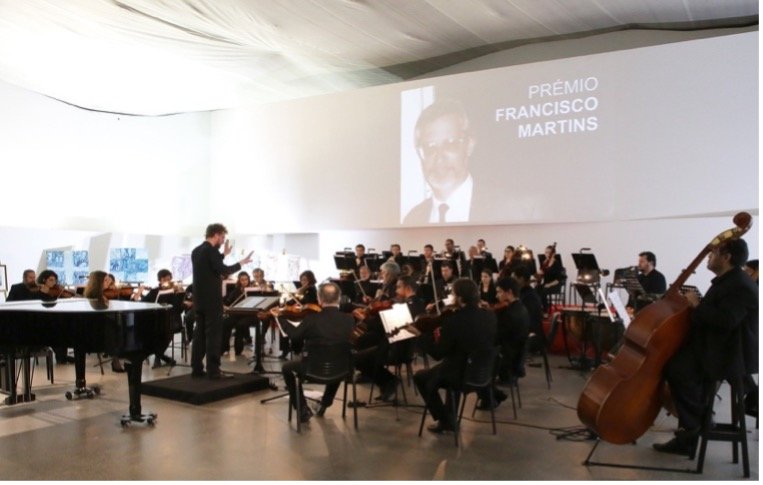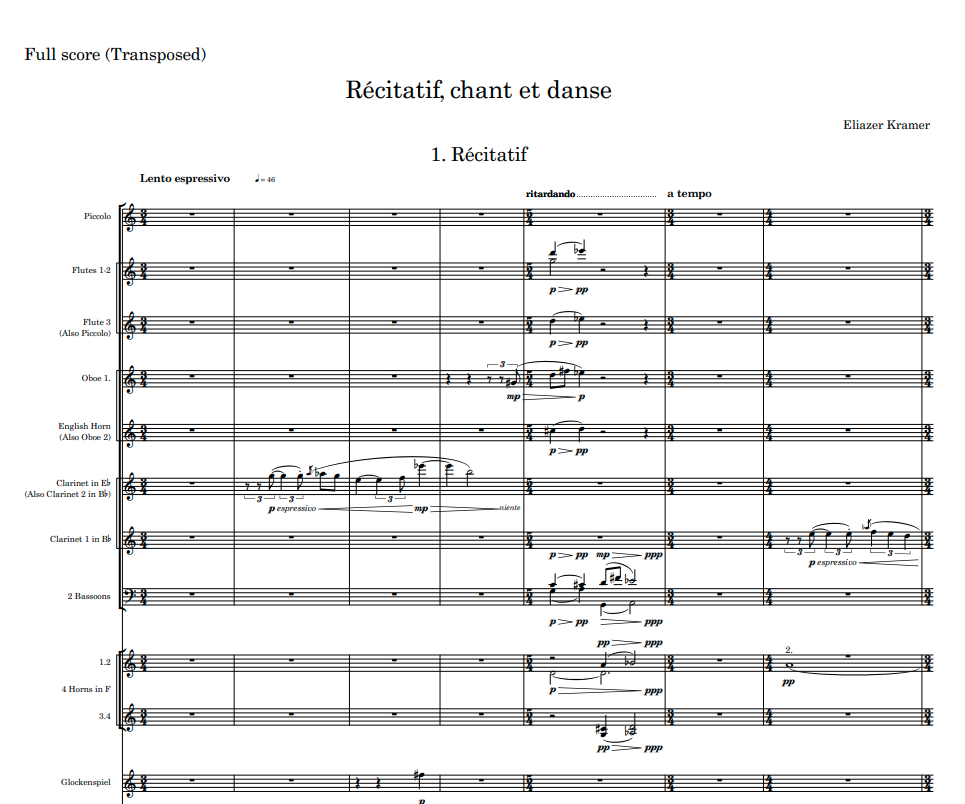The music of Rebecca Saunders (b. 1967) is all but absent from theoretical and musicological discourse with the notable exceptions of two recent publications: Dubiel’s (2017) analysis of Crimson and McMullan-Glossop’s (2017) application of color theory terminology to describe Saunders’ timbral and textural approach to composition. An active composer since the early 1990s and the 2019 recipient of the Von Siemens Prize, Saunders’ work is written in a distinct idiom, drawing equally upon “postwar German fastidiousness and expressionism and experimental, Cageian concentration…” (Service, 2012). Her music is marked by the exploration of noise, pitch, and silence, the use of extended instrumental techniques, and uncommon combinations of instruments. Traditional music theoretical analytic techniques are insufficient to fully describe the prominent features of Saunders’ music: timbre, texture, noise, and silence.
In the aftermath of World War Two, Luigi Dallapiccola (1904-1975) was famous for a few major works that conveyed a humanist message, particularly the Canti di Prigionia (1938-1941) and the opera Il Prigioniero (1944-1948), which rank among his better-known works to this day. The composer’s personality should, however, not be reduced to this one aspect of his output. Likewise, we should not merely see him as a practitioner of twelve-tone techniques inherited from Schoenberg and Webern, a facet that has been extensively explored by theoreticians and historians of music.
This paper proposes an examination of the intersections of materiality, acoustics, and musical performance practice through the prism of instruments of the tuba family. Investigation into the symbiotic relationship between instrumental evolution and performance practice is a crucial facet of any study of timbre and orchestration.
Moving Sources explores the relationship between instrumental orchestration and electronics primarily through the means of spectral analysis and subsequent electronic-informed timbre-blending techniques such as filtering, reverberation, granular synthesis, pitch freezing, envelope generators, noise, delays and spatialization.
This article outlines my first attempt at making a virtual orchestration from one of my compositions, Récitatif, chant et danse. In addition, it provides some background on virtual orchestration and discusses the different elements involved in creating one.
Beginning with simple elements of sound, composers can use their expertise to craft compositional systems that may be enormously complex and far beyond the comprehension of most listeners. But by the end, I think it is a magical thing if it comes around to become perceptually simple again: a musical organism with processes, gestures, and gestalts that are readily appreciated and comprehended.
Seven Beginnings (2019), for flute, oboe, clarinet, bassoon, horn, two violins, viola, and cello, was composed as a deliverable of my ACTOR postdoc. The piece builds upon the trend of speech transcription in recent music, with a focus on spectral transcription and cross-modal composition. But far from being a technical étude, it is a very personal piece with a very specific motivation behind its materials and methods.







